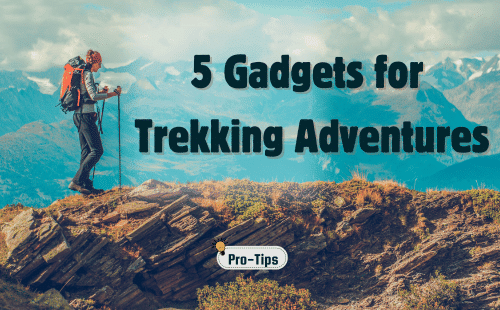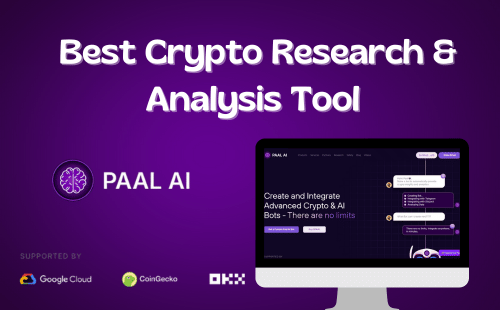Wondering why your recently published web page isn’t showing up in Google search results? Despite submitting it to Google’s index through Search Console, some pages get stuck in the dreaded “excluded” status.
This means Google has detected issues preventing that page from ranking properly. Don’t worry – in most cases, indexing errors stem from common website mistakes that can be identified and corrected.

In this guide, we outline the 5 most frequent reasons Google fails to index pages along with actionable solutions:
1. Crawl Errors Blocking Indexation
The most straightforward explanation comes down to crawl errors directly signaling problems to Googlebot. As Google attempts to index each URL on your site, crashes or blocked access interrupts that vital data pipeline.
Some examples include:
- 500 or 400 HTTP errors
- Pages timing out before fully loading
- Access forbidden errors
How to Fix
Investigate listed crawl errors within Search Console for that specific page. Identify any faulty redirects, eliminate custom coding errors, or validate the page fully loads all elements without crashing.
Double check your hosting configuration and scripts don’t incorrectly block Googlebot’s access. Confirm the page works as expected for users too. Resolve the technical problems then resubmit the page for fresh indexing.
2. Duplicate Content Issues
Attempting to index extremely similar or outright identical content to existing pages triggers Google’s duplicate content filters. Creating mirrored pages to manipulate rankings will backfire by not getting indexed entirely.
This extends to reusing the full same article across your own site as well on external sites without canonical tags clarifying the one true original source.
How to Fix
For product and category archives that must showcase similar content, use structured data markup to differentiate pages. Install Google Tag Manager to manage metadata at scale.
Evaluate if you actually require multiple locations containing the identical content. If each instance serves a logical purpose, implement canonical links pointing back to your preferred URL.
Consolidate information into one single authoritative page where suitable then customize supplementary variants differing at least 20% if co-existing alongside the original.
3. Low Quality Pages or Thin Content
Google cares about the internet containing rich, meaningful information. Pages with little unique value get deprioritized for only fulfilling a commercial intent trying to target specific keywords.
Such low quality patterns involve:
- Autogenerated content spun from other sites lacking expertise
- Doorway pages stuffed with forced keywords
- Ultra thin pages with hardly any useful details
- Overly promotional content pushing buyers instead of informing
While not completely blocked, these minimize exposure in rankings to improve relevancy.
How to Fix
Take an honest inventory of pages produced solely for selling items without contributing broader knowledge or problem education.
Consider merging commercial content within existing helpful guides already ranking well. Produce genuinely new research solving searcher interests if warranting standalone pieces.
Google understands ecommerce…but provide real value beyond transactions through rich media, comparisons, detailed use cases etc.
4. Technical SEO Configurations Not Implemented
Modern search engines process advanced technical capabilities for properly indexing dynamic JavaScript sites. Simply assuming Googlebot functions like a basic user produces crawl failures.

Common oversights include:
- Isomorphic/universal React not rendering
- AJAX content not populated at initial request
- Incorrect URL rewrites hiding pages
- Misconfigured XML sitemaps or robots.txt restrictions
How to Fix
Audit site architecture for React, angular, or other frameworks leveraging client-side JavaScript. Enable server-side rendering return full HTML.
Validate XML sitemaps contain all necessary pages. Adjust robots.txt to open up access instead of unintentionally blocking.
Use Fetch as Googlebot in Search Console to confirm Google sees identical indexed content. Tweak page load order and frameworks until reaching parity.
Read also : The Complete Guide to Mastering Google Search Console in 2024
5. Flagged as Spam through Manual Actions
The most severe indexing challenges come directly from Google reviewers applying manual spam actions against sites violating core quality guidelines.
Common triggers involve:
- Automatically generated gibberish content
- Fake contributors guest posting spam links
- Malware infections impacting site integrity
- Excessive affiliate or ads content with minimal information
Avoid risky patterns violating the above considerations.
How to Fix
Immediately shift focus containing any shady backlink or content strategies. Semantically improve pages demonstrating expertise aiming to satisfy searcher intent.
File reconsideration requests aligned with Google reviewer expectations while monitoring progress in Search Console. This lifts limitations as algorithms confirm your reforms. Remains an uphill battle.
Keep in Mind
- Technical crawl errors directly obstruct Googlebot indexing otherwise quality pages
- Duplicate or thin content gets devalued despite no explicit block
- JavaScript sites require compatibility accommodating crawler access
- Manual spam actions demand remedies satisfying Google’s standards
Confirm no self-inflicted errors prevent your content from indexing through proactive audits. Align with user experience and quality expectations.
Hopefully identifying the common roadblocks around Google failing to properly crawl your page helps resolve outstanding issues!







